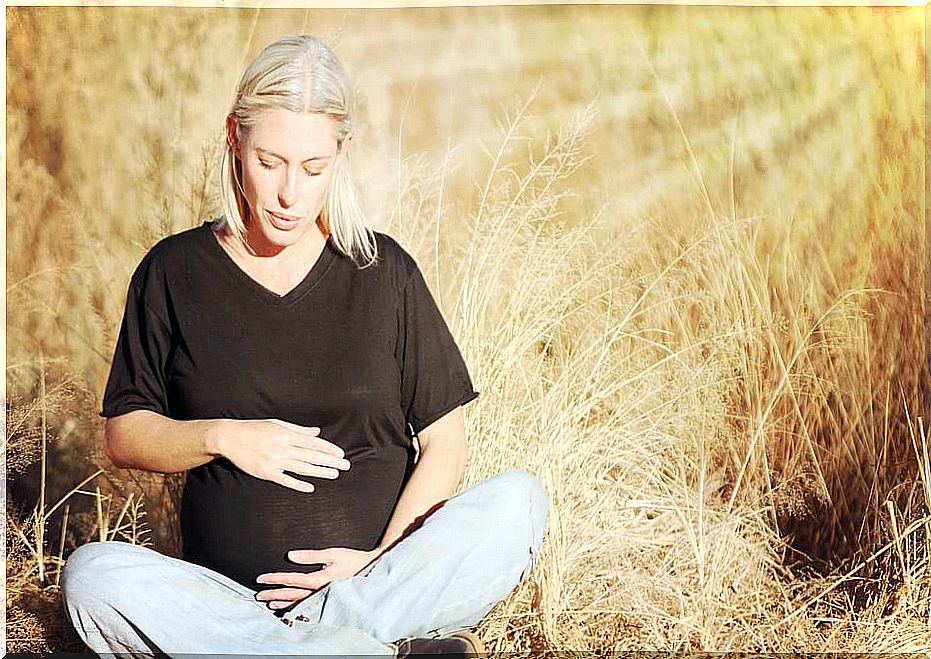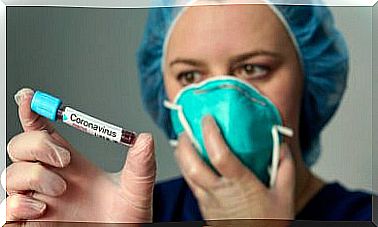Preeclampsia: What It Is And Its Consequences In Pregnancy

Among all the diseases that can appear in during pregnancy, one of the most dangerous for the baby is pre-eclampsia. It is a disease typical of pregnancy that can affect 5 to 8 percent of pregnant women. Preeclampsia is related to increased blood pressure, fluid retention, and protein in the urine.
It usually appears after the twentieth week of pregnancy, although it can also appear before or at the end of pregnancy. Depending on the progression of the pregnant woman’s disease, it can be considered mild, moderate or severe and can be more or less dangerous. Although its progression can be slow, sometimes it becomes very dangerous because it appears suddenly at the end of the pregnancy.
Causes of preeclampsia
Although there are still no studies that can determine the safe causes that cause preeclampsia in some pregnant women but it is believed that it may be associated with diet, autoimmune disorders, vascular problems or genetic predisposition.
Experts after conducting various studies believe that it is usually more frequent in the first pregnancy, multiple pregnancies, adolescent mothers, over 40 years of age or pregnant women who have a family history of this same disease. You also have to be careful in the case of pregnant women with related diseases such as gestational diabetes, high blood pressure or kidney diseases. In all these cases, the doctor has to monitor the pregnant woman and take her case as a case of possible risk to the life of the baby and the pregnant woman.

Consequences of preeclampsia in pregnancy
Preeclampsia can become a serious problem in many pregnancies. It can prevent the proper intrauterine growth of the baby and favors the decrease in the volume of amniotic fluid. When it is very serious it can cause premature detachment of the placenta. In this case, the induction of labor for the pregnant woman is usually chosen because there is a great risk to the life of the baby.
Treatment is usually hospital admission to control the mother’s condition and the risk to the baby. It is usually reduced to bed rest and clinical monitoring of the pregnant woman until the blood pressure drops. Until the situation is controlled, the pregnant woman is usually admitted to the hospital to avoid any risk to the baby.
It is difficult to prevent diseases such as pre-eclampsia but it is important that all pregnant women go for regular check-ups with their gynecologist and that all necessary tests are carried out. If it is detected early, it can be controlled and help prevent it from becoming a serious problem in pregnancy.
The big risk is that the baby will be born prematurely if labor has to be finally induced. Preterm labor can be a great risk if it occurs before the 37th week of pregnancy and especially if it is very premature, that is, a child born before the 28th week.
Pre-eclampsia usually appears from week 20 in many cases, so it is important to monitor the pregnant woman at risk of pre-eclapse in the second trimester of pregnancy and to make constant checks of arterial hypertension, fluid retention and proteins in the urine. Given the lower risk to the baby, it is best to admit the pregnant woman to the hospital to keep her under control and to keep her rest until the situation stabilizes.
A premature child is, in general, one born before the 37th week of gestation and / or weighing less than 2,500 grams. Prematurity is the neonatal condition that carries the highest risk of mortality, morbidity and disability, so it is important to prevent premature births. If we control pre-eclampsia, we will avoid the risk of premature birth in pregnant women affected by this disease.
Controlling preeclampsia in pregnancy is very important for women at high risk for the disease . In the event of any symptoms, consult your doctor or go to your referral hospital for an emergency check-up and check whether or not you suffer from pre-eclampsia. A serious disease but that can be monitored if the usual controls are followed.









